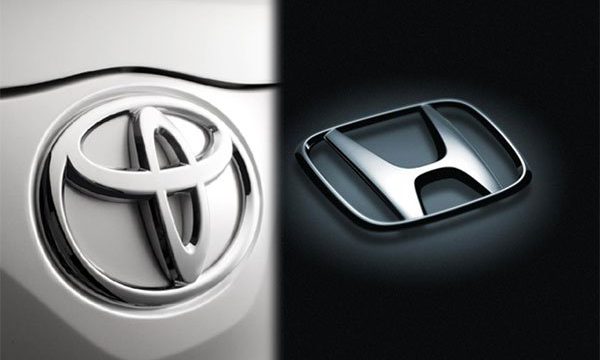Toyota, Honda, and Suzuki Choose India as Their Next Global Auto Hub: Should Pakistan Worry?
Japanese carmakers Toyota, Honda, and Suzuki are placing massive bets on India — investing over US $11 billion to expand manufacturing, build new plants, and boost exports. The move marks a strategic shift away from China as Japanese automakers realign their global production bases.
Why India, Why Now?
India has rapidly become a top destination for global automakers.
- Low labour costs, an abundant skilled workforce, and improved manufacturing quality make it a competitive hub.
- Meanwhile, China’s auto market has turned fiercely competitive with EV price wars and shrinking margins, prompting Japanese firms to diversify.
- India’s favorable policies, including local manufacturing incentives and restrictions on Chinese EV investments, give Japanese brands an edge in expanding production and exports.
Toyota’s Billion-Dollar India Strategy
Toyota has committed more than US$3 billion to grow its Indian operations.
- The company plans to launch 15 new and refreshed models by 2030 and to increase market share from 8% to 10%.
- A new manufacturing plant in Maharashtra and localization of hybrid component production are part of the expansion.
- Toyota aims to make India a major export base for hybrid and compact vehicles.
Honda and Suzuki Follow Suit
Honda now lists India among its top three global priorities, alongside the US and Japan.
- The company plans to start producing and exporting a next-generation electric vehicle from India by 2027.
- India will serve as a base for both regional and global EV exports.
Suzuki, through Maruti Suzuki India Ltd, already dominates India’s auto market.
- It’s investing about US $8 billion to boost capacity from 2.5 million to 4 million vehicles annually.
- The aim: turn India into a global export hub for Suzuki’s small cars.
A Global Realignment
This collective move shows a clear shift in automotive supply chains.
Japanese direct investment in India’s transport sector has increased sevenfold since 2021, while investment in China’s auto industry has dropped by more than 80 %.
India produced 5 million passenger cars in FY 2024, with 800,000 exported, a 15 % rise from the previous year.
What It Means for Pakistan’s Auto Industry
For Pakistan, this transformation raises serious questions:
- Regional competition: India’s rise as a manufacturing hub may overshadow Pakistan’s relatively small-scale assembly operations.
- Supply-chain pressure: Indian-made parts and vehicles could become cheaper and more accessible for regional markets.
- Export potential: As India expands exports to South Asia and Africa, Pakistan’s ability to develop export-ready vehicles faces new challenges.
Locally, Honda Atlas, Toyota Indus, and Pak Suzuki are still heavily dependent on semi-knocked-down (SKD) or completely knocked-down (CKD) kits imported for assembly. True localization remains limited.
Until Pakistan strengthens its parts manufacturing ecosystem, improves policy stability, and attracts foreign investment, large-scale production or export ambitions may remain out of reach.
The Takeaway
Toyota, Honda, and Suzuki’s pivot to India isn’t just about market size — it’s about manufacturing power and export potential.
For Pakistan’s auto industry, the message is clear: the region is shifting gears, and unless local players and policymakers act fast, Pakistan risks being left idling on the sidelines.



Comments are closed.